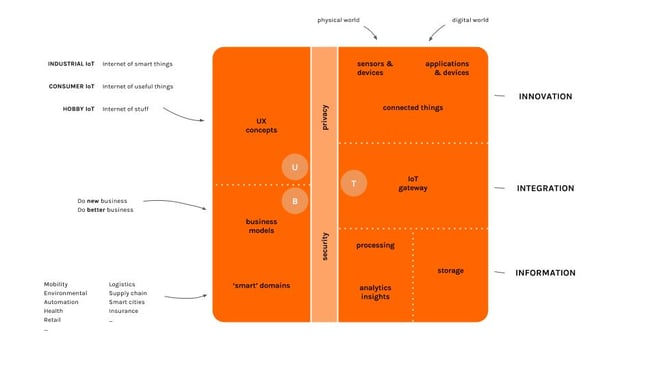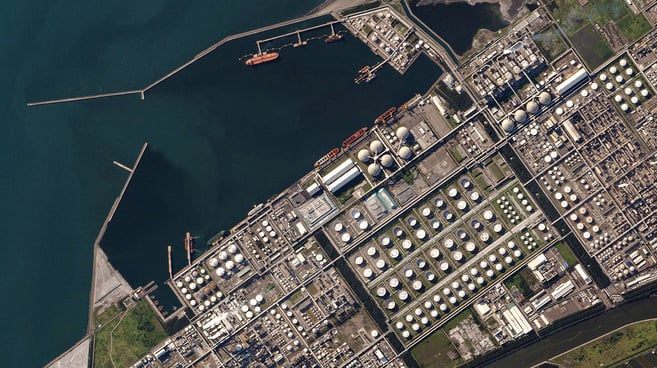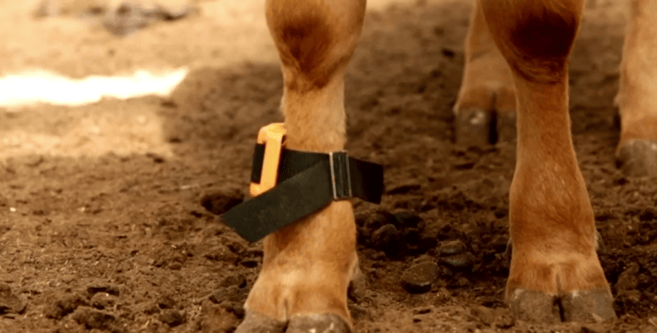
 "The internet of things. A network of dedicated physical objects that contain embedded technology to sense or interact with their internal state or external environment." - Gartner
"The internet of things. A network of dedicated physical objects that contain embedded technology to sense or interact with their internal state or external environment." - Gartner
What exactly is that 'Internet of Things'? Is it all dreams and science fiction? Or are we imagineering a near future?
"When wireless is perfectly applied the whole earth will be converted into a huge brain, which in fact it is, all things being particles of a real and rhythmic whole. We shall be able to communicate with one another instantly, irrespective of distance. Not only this, but through television and telephony we shall see and hear one another as perfectly as though we were face to face, despite intervening distances of thousands of miles; and the instruments through which we shall be able to do his will be amazingly simple compared with our present telephone. A man will be able to carry one in his vest pocket.”
- Nikola Tesla, 1926
It’s amazing to see how Nikola Tesla envisioned the blending of the digital and the real world in the pocket of a human being. I would love to have been a dendrite in his wonderful brain to get an inside look at the mindmap of his thoughts.
When talking to clients about the opportunities in IoT, their vision is often blurred by technological challenges, buzzword blindness or the believe that the Internet of Things will save their business under pressure. Your focus shouldn’t be limited to just the world of connected things, without visioning the bigger picture through the lenses of Users, Business and a multilayered Technology ecosystem:

To help us imagineer the opportunities of IoT, let's have a look at some of the most interesting developments, underscored by a number of interesting articles and cases from across the web.
IoT for users is maturing

(Photo credit: Planet.com)
A few years ago, IoT was mainly the domain of DIY enthusiasts and science fiction writers. It was the era of the Internet of Stuff, where prototypes were sparkles of dreams about a intelligent future. Nowadays, we are growing from garage-experiments to mature businesses:
-
How to build your own personal satellite
-
Tiny satellites show us the Earth as it changes in near-real-time
With the Gartner horizon of 25 billion connected devices in 2020 (a number that’s been reviewed and lifted every single year), a tsunami of ‘innovations’ is flooding the consumer market. With the promise of a better life, a new experience.
But let’s be honest, most of those innovations belong in the gallery of the Internet of Useless Things. Nonetheless, the age of the connected human is maturing. We are moving from screens to sensors as our main user interface. Cognitive intelligence is knocking on the door to enrich our daily live with immersive experiences. The new interface will be speech, gesture, sensor, behavior and even thought-driven.
Our companies are becoming smart factories. Machines are broadcasting real-time data to operators, technicians and executive people, improving operational efficiency, productivity and generating new business opportunities. Security and data privacy within the industrial internet of really-important-things will be our main concern for the next couple of years.
With IoT, anything can be a user. We’ll learn to design for new personas such as vehicles, buildings and cities. And little by little, we, as human beings, will become cyborgs.
Technology for the internet of everything
Anno 2016, IoT is still a technological complex challenge that stretches beyond the tangible world of connected things. It’s a story about integrating a new ecosystem into the technological enterprise. When thinking about innovating with sensors, devices and applications, lots of information will be generated that needs to be processed. You need to be thinking about the IoT gateway that will be capturing, filtering and pre-processing a large number of small messages at high-speed thresholds to be handed over to an already complex IT landscape that is supporting your current business.
And business will grow into intelligent complex autonomous systems, where the algorithms of AI and deep learning will generate truly added value to our daily life, within the era of the Internet of Everything.
Do new business or do better business?

(Photo credit: Microsoft)
When discussing the internet of things through the business lense, we usually start with the question: “Are we going to do better business or are we aiming for new business?” Or could we be combining the best of both worlds? Smarter decisions based on smarter operations could lead to innovative services.
Every company is a data company. The world of connected things generates massive volumes of data. Your big data magician will model those streams into valuable information that will drive new strategies. It carries insights and business value for internal stakeholders as well as partners or new customers. With data as the new currency, IoT could become your main source of income.
It will challenge you to assess your current business and competitors by forcing you to ask yourself: "How are my value propositions pivoting and what’s the relationship I want to nourish with my customer?"
There will be a new paradigm of users paying for a service of the product, not just for a physical object that’s delivering it. And with software ánd hardware riding along in tandem, you will be facing the limits of your current business models.
IoT will invite you to look beyond the borders of your domain and search for learnings from partners you’d never have expected when you started your business: the Internet of Things will fuel a new mindset of exploration.
-
How Formula 1 teams use big data (also watch the TED talk)
-- ^ --
With the rise of the Internet of Things, we experience the interconnection between the virtual and the physical world. Between people, machines, processes and data. It’s a kickstart for transformation and innovation, connecting the unconnected. Step by step.
“We can only see a short distance ahead,
but we can see plenty there that needs to be done.”
- Alan Turing, 1950



